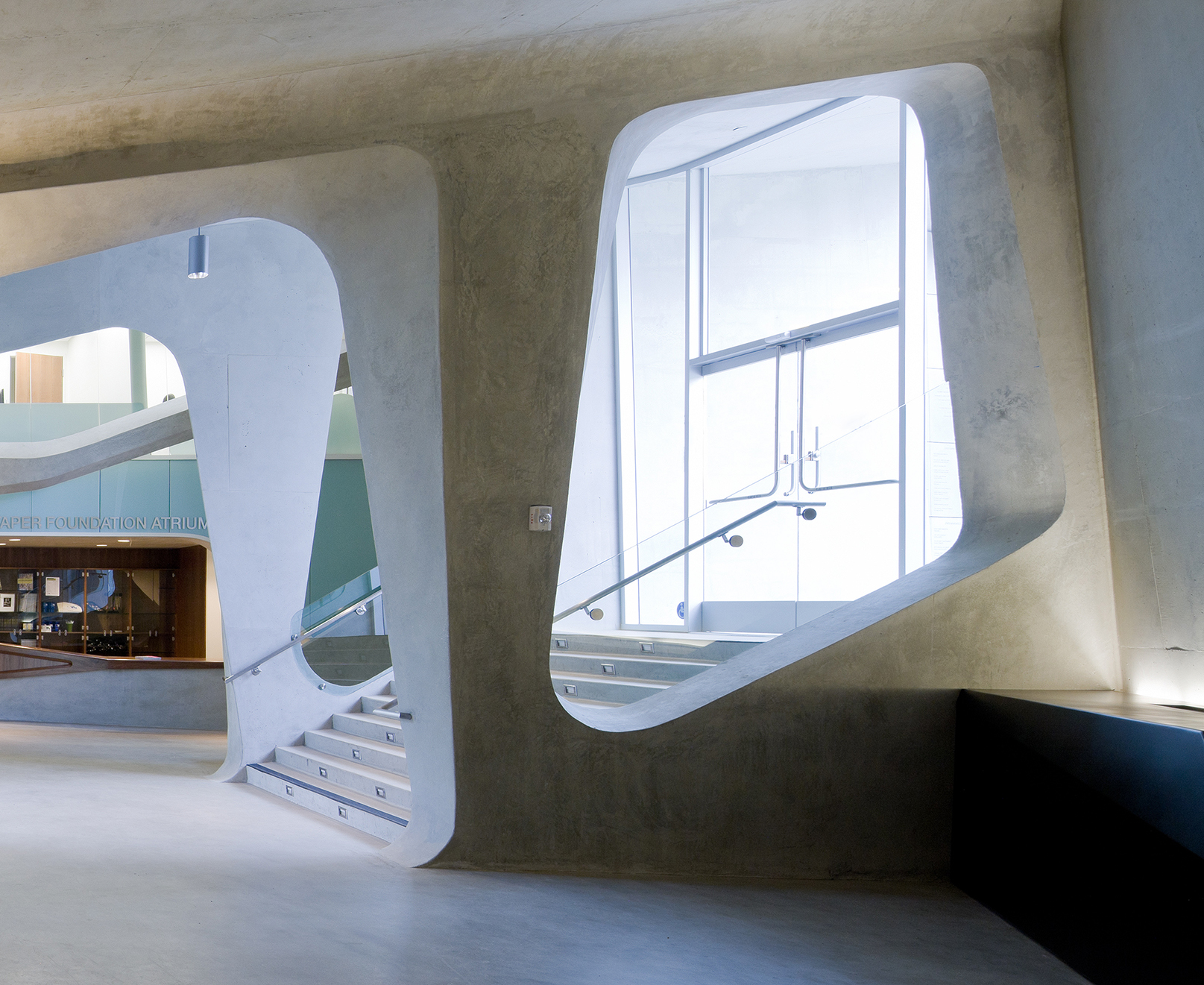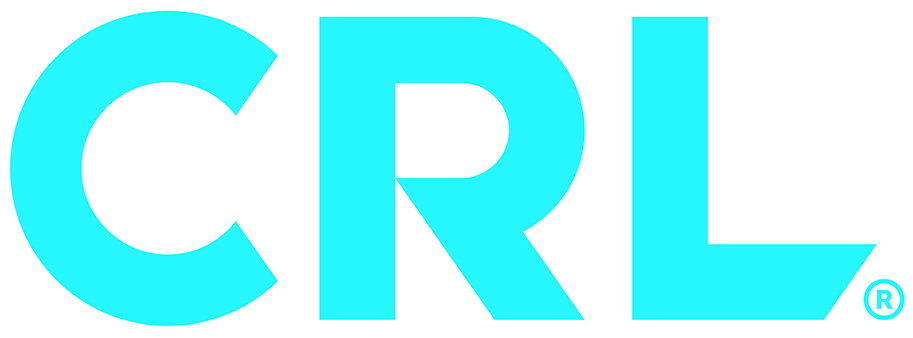Designing Code Compliant Glass Doors and Entrance Systems
Key considerations when selecting door hardware
Sponsored by CRL | Presented by Mark Suehiro
Webinar On-Demand
Along with the aesthetic benefits of glass entrances come unique specification challenges. This course covers glass entrance design and key considerations when selecting door hardware. Participants will receive a thorough overview of important criteria to ensure glass doors and entrance systems comply with safety, accessibility, and thermal performance requirements, all while meeting the visual intent of the project.

Photo courtesy of ©Iwan Baan
 |
Mark Suehiro has more than 25 years of experience in the architectural entrance systems and hardware field. His extensive knowledge encompasses product engineering, testing, manufacturing, distribution, and new product development. In his role as Technical Director, he leads a team of technical product specialists in assisting architects and contractors with the design, specification, and installation of code-compliant glass entrance systems. |
CRL is the industry’s leading, full-service provider of architectural metals, glass fittings, and professional-grade glazing supplies. The company leverages more than 50 years of experience and a track record of industry firsts to offer a one-stop shop with a breadth of innovative product choices. Expert support from specification to installation, and fast, reliable service help customers complete projects on time and on budget. CRL focuses on expanding opportunities for all to turn bold architectural visions into real world experiences.
Originally published in Architectural Record
Originally published in June 2024
LEARNING OBJECTIVES
- Review standard glass door types and glass entrance system applications including storefronts, point-supported glass walls, and transoms with floating headers.
- Recognize specification criteria to ensure door openings comply with life safety, accessibility, and building code requirements.
- Identify the current trends that are influencing the future of glass entrances, including larger glass sizes and energy codes.
- Distinguish critical considerations related to panic devices, including life safety issues, UL requirements and standards, ANSI/BHMA criteria, occupant loads, and opening force.












